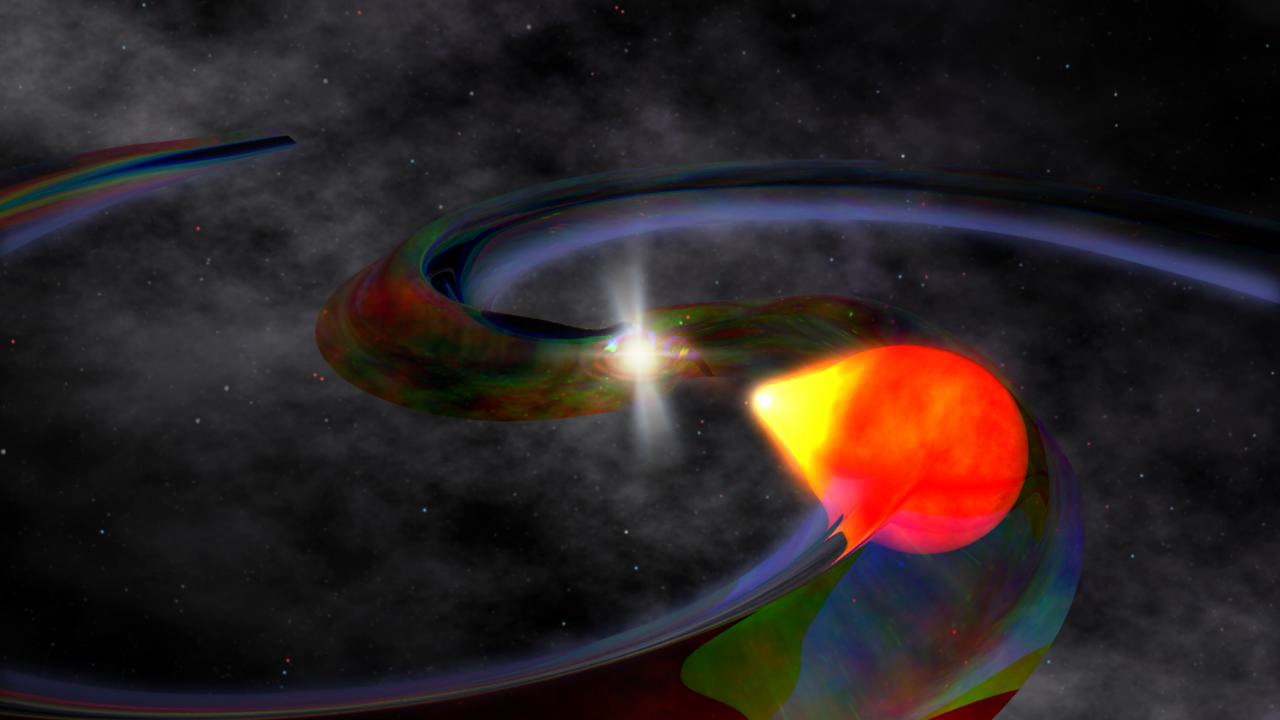The giant Chinese radio telescope FAST helped to find a new millisecond pulsar in the Messier 53 cluster. It is a system of a neutron star and a white dwarf that orbits it in 2.43 days.

Globular cluster Messier 53
Scientists working with the FAST radio telescope, which has an antenna diameter of 500 m and is located in China, have recently made a discovery. They found a new millisecond pulsar in the globular cluster Messier 53. The detection was done using a 19-beam L-band central beam.
Globular clusters are very close associations that consist of tens of thousands of mostly not very young stars. The concentration of luminaries in them is the largest in the Universe. Specifically, Messier 53 is located 58,350 light-years away from us and is currently the most distant of those with pulsars detected.
The age of the cluster is 12.67 billion years, and the mass is 826 thousand times greater than the solar one. This is actually a very old star cluster, the metallicity of which, that is, the content of elements heavier than helium, is the lowest in the Milky Way.
It is in such places that scientists expect to find millisecond pulsars. These magnetized neutron stars have a period of less than 30 ms. Chinese scientists have been investigating Messier 53 since 2019, but since then they have found only 4 similar objects inside it.
New millisecond pulsar
Now scientists have discovered a millisecond pulsar, which has received the designation PSR J1312+1810E. It has a period of 3.97 ms and is a binary system in which the main component is a very old neutron star. Its age is 13 billion years, and the magnetic field strength is 140 million Gauss.
A white dwarf orbits around it with a period of 2.43 days, the mass of which is 18 percent of the solar one. Once upon a time, it was the accretion of matter flowing from it that spun the neutron star, which turned it into a millisecond pulsar.
In addition, scientists studied three other pulsars in the Messier 53 cluster that were discovered earlier. One of them is isolated, and the other two are part of dual systems. In general, they are very similar to neutron stars found in other parts of the Milky Way.
According to phys.org.
Follow us on Twitter to get the most interesting space news in time
https://twitter.com/ust_magazine

